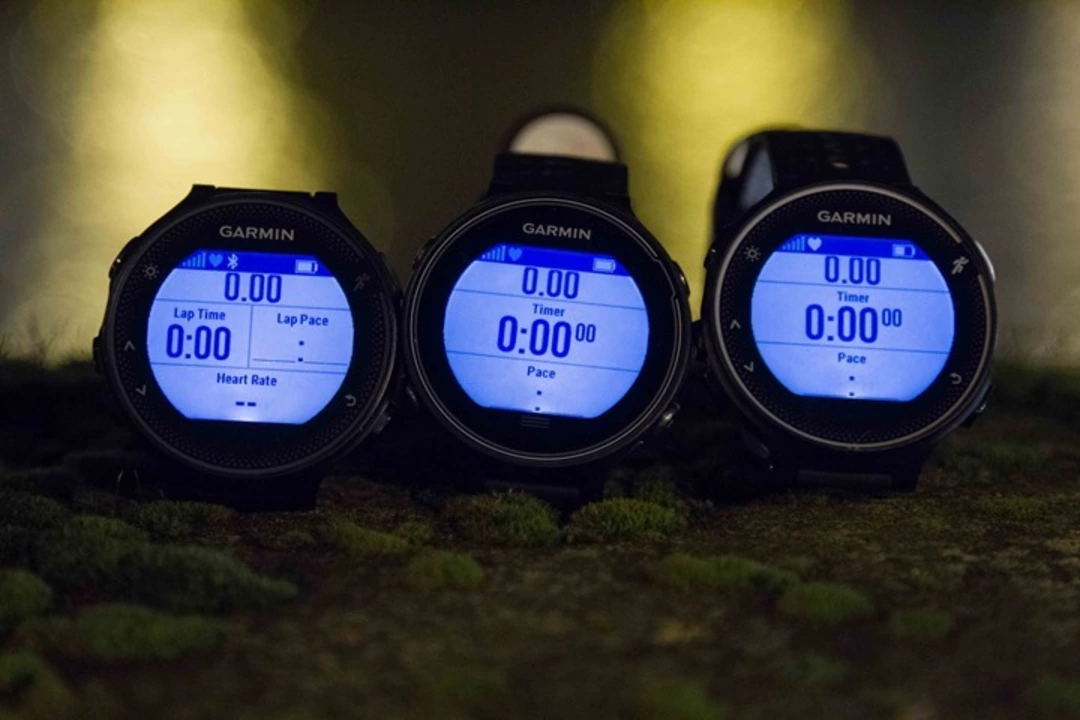Fitness Trackers and Cycling Gadgets
When talking about fitness trackers, wearable devices that record activity data such as speed, distance, and heart rate. Also known as activity monitors, they help cyclists keep an eye on performance and stay motivated. Cycling gadgets, gear like bike computers, power meters, and smart helmets complement trackers by adding bike‑specific data. Together they form a tech stack that lets you train smarter, track progress, and avoid over‑training.
Key gadgets that shape the ride
One of the most popular combos on the market is the Garmin 235, a compact GPS watch with dedicated cycling mode. It logs speed, distance, and even heart‑rate when paired with a chest strap, giving you a clear picture of each outing. The device’s built‑in GPS reduces reliance on phone apps, so you stay focused on the trail. Another staple is the heart‑rate monitor, sensor that measures cardiac output in real time. Accurate heart‑rate data lets you stay in the right training zone, which directly influences stamina and recovery. When you pair a monitor with a tracker, the result is a feedback loop that fine‑tunes effort without guesswork.
Beyond wearables, the GPS bike computer, a mounted device that provides turn‑by‑turn navigation and live performance metrics adds context to the numbers. It shows real‑time gradients, ascent, and route previews, so you can plan energy output before a climb hits. Many cyclists swear by the synergy between a bike computer and a heart‑rate monitor because the combined data reveals how terrain impacts cardiac stress. Adding a power meter, sensor that measures the exact wattage you produce completes the picture, turning raw effort into quantifiable power zones. Power data is especially useful for racers who need to pace themselves over long distances.
The ecosystem of fitness trackers and cycling gadgets isn’t static; new firmware updates and sensor improvements keep the tools relevant. A modern tracker can sync with training platforms, export GPX files, and even trigger smart‑bike lights based on speed. Likewise, bike computers now support Bluetooth connections to smartphones, enabling live sharing of ride stats with teammates. This integration means you can monitor your heart‑rate, speed, and power from a single dashboard, reducing the clutter of multiple screens. As a result, cyclists of all levels—from weekend explorers to seasoned racers—can adopt a setup that matches their goals without over‑complicating the experience.
Below you’ll find a curated list of posts that dive deeper into each of these devices. Whether you’re deciding if the Garmin 235 can handle your mountain routes, looking for the best heart‑rate monitor for cold weather, or comparing GPS bike computers for trail navigation, the articles break down features, accuracy, and real‑world use cases. Keep reading to discover practical tips, real‑world reviews, and step‑by‑step guides that will help you pick the right gear for every ride.

Does Garmin 235 track cycling?
As a fitness enthusiast, I was curious to know if the Garmin 235 could track cycling activities. After doing some research, I found out that yes, it does track cycling! The Garmin 235 comes with a built-in cycling mode that accurately tracks your speed, distance, and even heart rate while you're on your bike. I'm thrilled to have this feature on my Garmin 235, as it helps me monitor my progress and motivates me to push harder during my cycling sessions. So, if you're a cyclist looking for a reliable tracker, the Garmin 235 could be a great choice for you!
Read More



